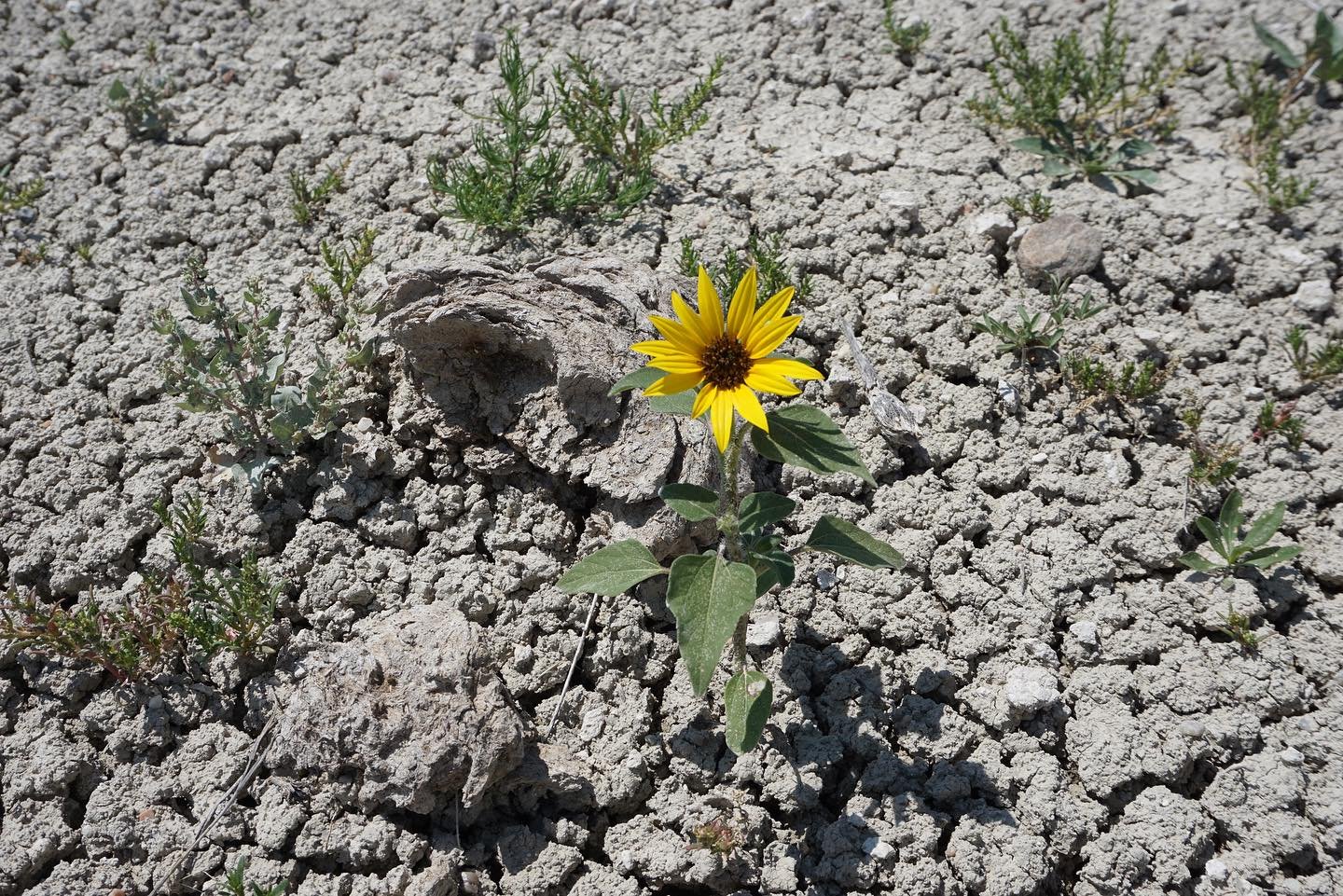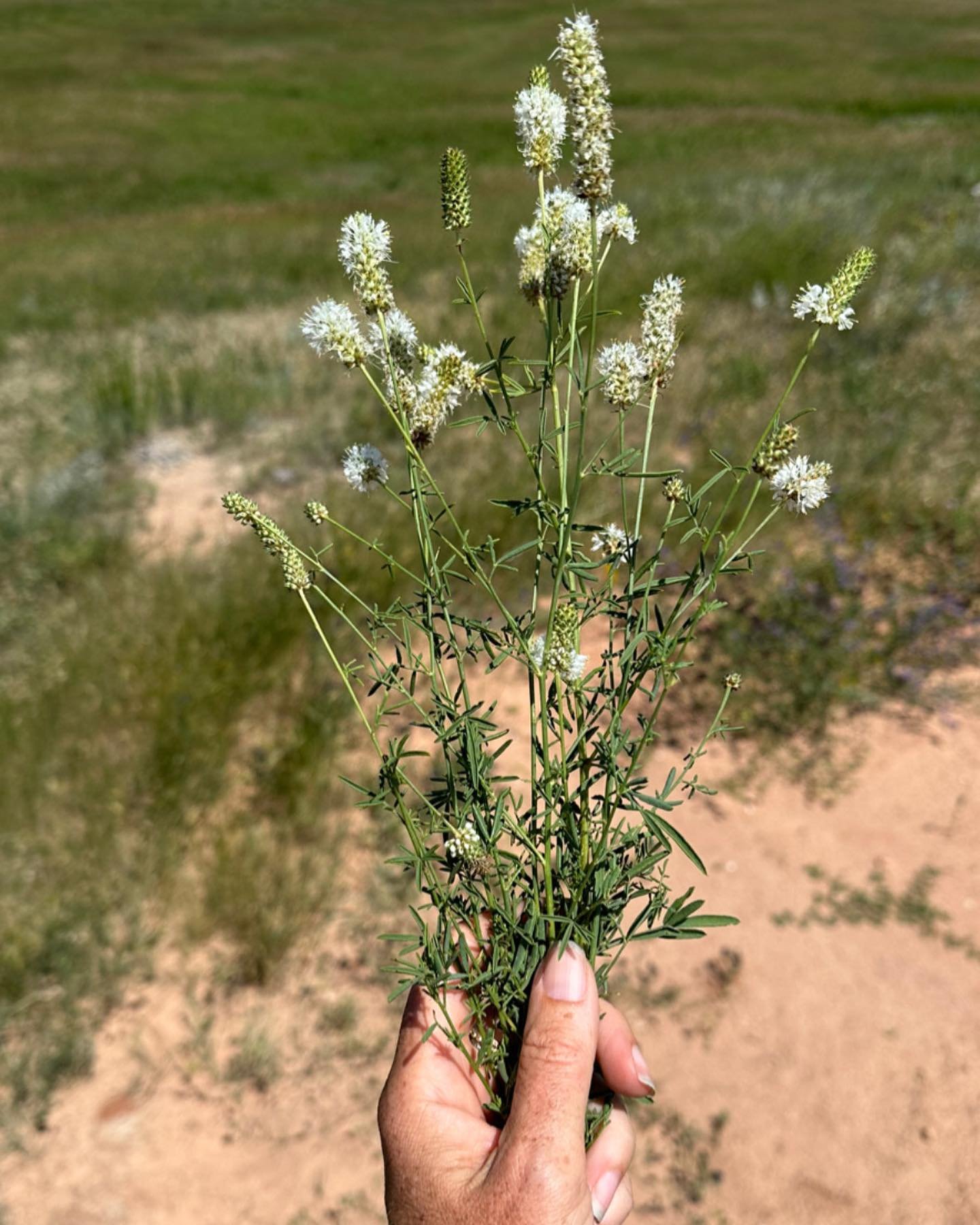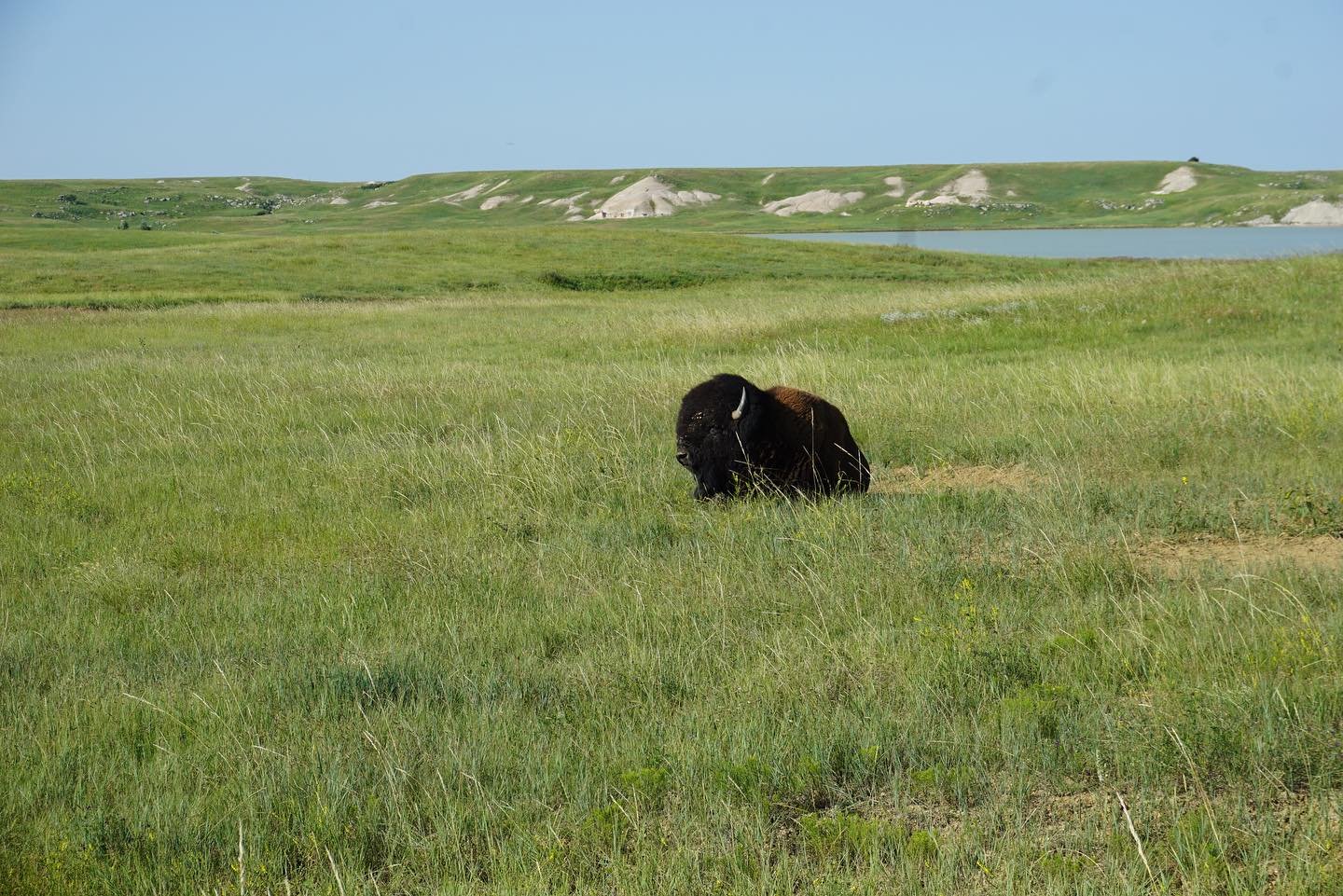Bison & Bee Habitat Project
Through the “Women in Ranching” community, BGO and 777 Bison Ranch made a solid connection in 2022 and had a mutual interest in finding how bison influence the landscape for bees, and what they can do through their management to create better bee habitat.
We believe the attributes of holistically managed bison grazing could provide excellent habitat for bees, and we would like to deepen our understanding of this dynamic.
Goals:
To understand the potentially synergistic or mutualistic interactions between honey bees, native bees, and bison by installing multi-year vegetation and pollinator monitoring transects at the 777 Bison Ranch. These efforts will examine:
🦬 Bee nesting frequency – examine the presence/absence of soil nesting bee sites in areas grazed by bison,
🦬 Bee habitat – identify the full complement of flowering forb species in the study area, and determine which forbs support pollinators while avoiding consumption by bison,
🦬 Bee communities – comprehensive sampling the of native bee species (including soil, stem/twig, wood, hive, and cavity nesting bees) using different passive and active trapping methods,
🦬 Pollen availability and nutritional content in flowers (joint project with USDA Tucson Bee Lab).
To educate consumers on the importance of bison in the American West; their cultural, spiritual, and ecological significance. A leading reason we chose 777 as a project partner is their strong ties to the neighboring Pine Ridge Reservation.
To facilitate a positive dialogue between the cattle ranching community and the bison conservation community, using bee health and habitat as a pathway.









